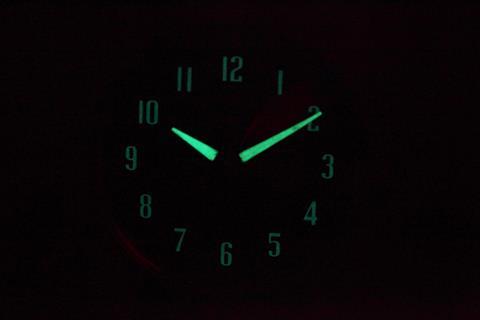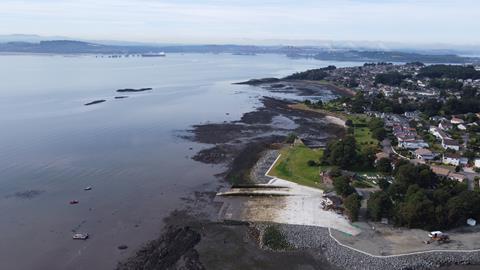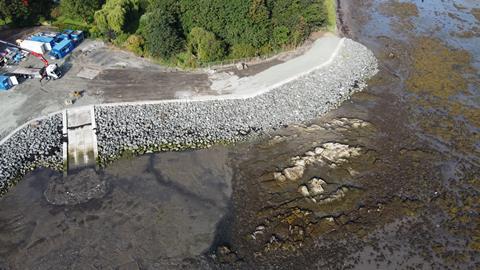What was once Scotland’s most radioactive beach has been re-opened to the public, after a multi-million-pound clean-up operation.
Contractors have been sifting through 10,000m3 of sand and soil – the equivalent of four Olympic swimming pools of material – at Dalgety Bay in Fife since 2021 in a bid to identify particles of radium-226 and its radionuclides.

In the past, radium was used to make luminescent paint mainly applied to aircraft instruments and dials to make them visible during night flights. When an aircraft repair yard was decommissioned sometime after the second world war, ‘they burnt the material – which was standard practice at the time – and deposited it onto the headland at Dalgety Bay’, says Paul Dale, radioactive substances unit manager at the Scottish Environment Protection Agency (SEPA). Along with asbestos from aircraft hangars and buildings, the ash was buried, effectively extending the coastline. Gradual erosion has exposed the ash and resulted in contamination of the beach.
Since 1990, when the radioactivity was first discovered, over 12,000 radioactive particles have been removed from the beach, initially through regular monitoring by SEPA and latterly through the clean-up. Some of them were as small as a grain of sand.
Radium-226 has a half-life of 1600 years. ‘Typically, in the radioactive world, we think that things probably aren’t radioactive anymore after 10 half-lives, so this would have been a problem for 16,000 years, unless it was remediated,’ adds Dale. Radium decays into the radionucleotides polonium-210 and lead-210, which emit the full spectrum of alpha, beta and gamma radiation. Ingesting any of the particles would have caused significant harm.
Liam Browne, project manager for the main contractor Balfour Beatty, describes the clean-up as ‘massively challenging.’ ‘It was such a unique project, dealing with tides and the unknown of the level of contamination.’ That made it hard to plan how much material could be processed in a day. Moreover, the work had to stop after October each year to protect over-wintering birds.

Working in sections the teams excavated down to the bedrock, and the sand was taken on a conveyor belt to be cleared first of asbestos – around six tonnes were ultimately removed – before being screened for radioactive material. The scanning system, consisting of an array of sodium iodide detectors, was developed by engineering firm Jacobs and could identify 10 kilobecquerels (kBq) of radium and below.
Once the presence of a particle was identified, the sand had to be manually sifted using a hand-detector in a process Dale compares to panning for gold. Repeating the scan allowed the engineers to find particles as small as 1kBq in a hunt that could take up to five minutes per particle. In total over 6000 particles were removed. All the radioactive material found at the site was then taken to waste handling facilities in the UK, such as those that would typically deal with radioactive sources from hospitals.
Before the sand could be replaced, the bedrock also had to be scanned for radioactive material. What added to the challenge, says Browne, was ensuring no radioactive cross-contamination as engineers were working on areas adjacent to sections of sand that had been cleaned. Everything was scanned, from each bucket of material moved to the screening process to vehicles and personnel coming and going from the site.
Now cleaned, the headland has been covered in a layer of geotextile – like a tightly woven carpet – and rock armour to prevent further radioactive material being exposed by tidal erosion. The operation is reported to have cost £10.5 million.

Monthly monitoring of the site will continue, but Dale expects to see a significant drop off in radioactivity. ‘We believe we’ve turned the tap off.’
Population surveillance will also be carried out by the Committee on Medical Aspects of Radiation in the Environment to assess whether there’s any increase in cancers in the local community that could be attributed to radium exposure.

















No comments yet